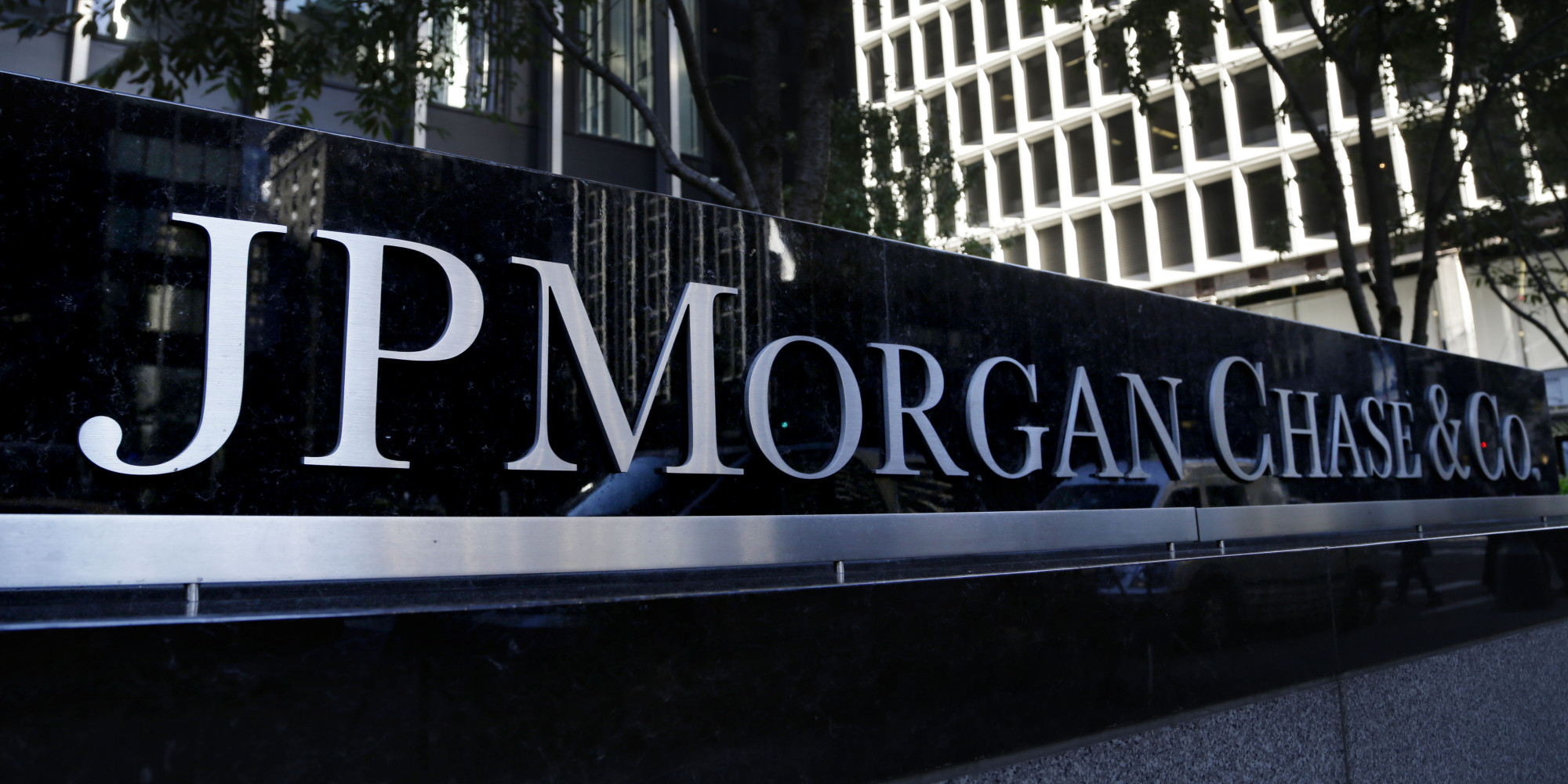
Tether (USDT), the first ever stablecoin, remains the biggest stablecoin, accounting for about 70% of the stablecoin market share.
The stablecoin continues to grow still, as its popularity continues to soar among users, giving it increasing dominance over the market. Tether said on Wednesday that it reached a record $2.9 billion net profit in the fourth quarter of 2023, and set an all-time high increase in excess reserves backing its USDT tokens in circulation.
However, JP Morgan analysts say this dominance has a negative influence on crypto. While commending the recent growth in the stablecoin market capitalization, they alsoraised concerns over USDT’s increasing dominance.
“Tether is mostly at risk given its lack of regulatory compliance and transparency,” JPMorgan analysts led by Nikolaos Panigirtzoglou wrote in a report on Thursday. “We therefore view the increasing concentration in Tether over the past year as a negative for the stablecoin universe and the crypto ecosystem more broadly.”
According to the analysts, tablecoin issuers face regulatory risk around the world, particularly in the U.S the approval of the Clarity for Payment Stablecoins Act is awaiting approval from Congress.
The congress has long demanded regulation of stablecoins following the depegging of Terra USD, an algorithmic stablecoin, that led to massive losses for investors.
In Europe, the Markets in Crypto Assets (MiCA) regulation is expected to be partially implemented in June of this year, which will encompass stablecoins as well. According to the analysts, stablecoins that are compliant with these regulations will be more likely to grow and gain market share.
Tether Reacts
JP Morgan analysts have been involved in many analyses of products and services within the crypto space. They have said for example, that the securities and exchange commission (SEC) is not likely to approve an Ethereum ETF any time soon.
On this analysis of stablecoins however, Tether disagrees. The CEO of Tether, Paolo Ardoino in response to the analysis said Tether’s dominance is due to its good qualities, contrary to the non-compliance claimed by the analysts.
“I’m happy to read that JPMorgan acknowledges the importance of Tether and the stablecoin technology created by our company,” Tether CEO Paolo Ardoino told The Block. “But it seems to me a bit hypocritical, the talk about concentration coming from JPMorgan, the biggest bank in the world.”
“The success of Tether USDT is driven by its financial reliability, strong reserves and its commitment towards emerging markets and developing countries, in which entire communities are using USDT as a lifeline to defend their families from high inflation and the devaluation of their national currency,” he added.
USDC Sets an Example
USDC, a stablecoin backed by the USD, is the second largest stablecoin by market share. The issuer, Circle recently applied to go public in the U.S, albeit confidentially.
According to the JP Morgan analysts, this gesture shows Circle’s intention to expand internationally and proactively prepare for the upcoming stablecoin regulations, making it an example of a compliant stablecoin project.
They stated that this step taken by the company brings expansion which will attract more money into the crypto space from traditional finance.
Indeed, stablecoins have become more popular over the years as they bridge the gap between traditional finance and Crypto. While they are not as volatile as crypto, they retain the speed and low cost associated with crypto transactions, making them ideal for buying and selling.



